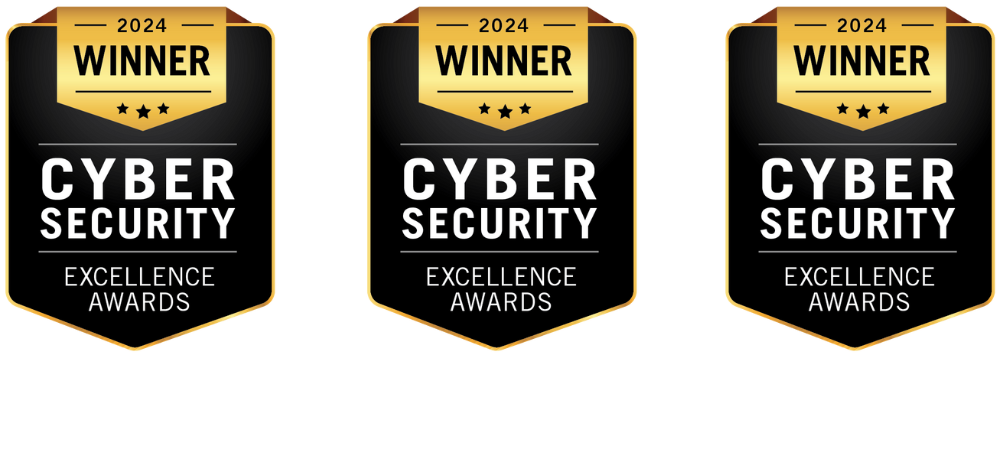Security teams rarely suffer from a lack of data; the problem is signal extraction. Traditional inventories, vulnerability reports, and surface scans often overlook exposures that don’t originate from internal systems.
Assets created without formal provisioning, services misconfigured outside CI/CD, and domains activated by external vendors routinely escape oversight.
This is where Mandiant’s attack surface intelligence becomes operationally valuable. Its continuous discovery capability highlights exposures that internal tools don’t detect. But discovery alone is not resolution.
Strobes connects Mandiant’s intelligence to workflows, remediation, and risk context, closing the loop from detection to action.
Let’s break down how the integration works, what makes it necessary, and how it accelerates external risk mitigation.
What Is Mandiant ASM?
Mandiant’s Attack Surface Management (ASM) solution maps your external digital footprint from an attacker’s perspective. It operates outside your environment, observing exposures as they appear in the wild.
Key capabilities include:
- Identification of unmanaged or unknown assets
- Enumeration of subdomains, open ports, and services
- Tracking of historical DNS and infrastructure changes
- Alerting on third-party service leaks involving your domain
- Classification of asset types with business risk context
While the detection engine is accurate and fast, Mandiant is not built for deep remediation orchestration or integration with internal vulnerability or ticketing platforms. That’s where Strobes fills the gap.
What Is Strobes?
Strobes is a modular Continuous Threat Exposure Management (CTEM) platform that unifies security telemetry, prioritization logic, and workflow automation. Its key modules include:
- Risk-Based Vulnerability Management (RBVM)
- Application Security Posture Management (ASPM)
- Attack Surface Management (ASM)
- Pentesting-as-a-Service (PTaaS)
Strobes consumes external exposure data, enriches it with internal metadata, scores it based on real-world risk, and routes it to the right team, with full SLA tracking and dashboarding.
Why Mandiant Integration with Strobes Exists?
Most Mandiant users struggle with the post-discovery workflow. Teams receive notifications for exposed assets or services, but lack a unified platform to:
- Correlate those assets with internal CMDBs or cloud inventories
- Prioritize which exposures matter to business-critical systems
- Assign issues with ownership tagging and SLA timelines
- Track remediation progress across the hybrid infrastructure
Strobes connect these dots. It transforms exposure data into structured actions by making the intelligence from Mandiant operational.
What the Integration Does?
1. Continuous Data Sync from Mandiant ASM
Strobes connects to Mandiant via API and periodically syncs:
- Asset metadata: IP addresses, FQDNs, ASN, WHOIS, DNS history
- Exposure insights: port states, SSL certificates, service banners
- Asset classification: Cloud resource, third-party system, orphaned domain
- Change detection logs: asset appeared, disappeared, or changed state
Syncs can be scheduled daily, weekly, or on-demand. Each sync brings in delta changes, optimizing freshness and performance.
2. Normalization and Contextual Mapping
Strobes don’t treat every incoming exposure as isolated. Once data lands:
- Redundant asset records (same IP with multiple aliases) are merged
- Exposed systems are mapped to known internal asset owners (via tagging)
- Duplicate alerts across Mandiant and other tools (e.g., Wiz, Palo Alto Xpanse) are deduplicated
This normalization is key to ensuring operational teams don’t chase the same issue multiple times.
3. Risk Scoring Based on Threat, Exposure, and Business Logic
Exposed assets are not inherently critical. Strobes re-evaluate each record with:
- Threat intelligence overlays: active exploits, known attacker infrastructure patterns
- Business context: Is the system tied to revenue? PII? External access?
- Asset sensitivity: Is it in a PCI environment? Is it public-facing?
Risk scores are calculated to reflect exploitability, business value, and operational urgency. These scores power prioritization dashboards and trigger workflows.
4. Remediation Workflow and Ticketing
Findings are routed into the organization’s workflow using:
- Auto-assignment based on asset tags (e.g., “CloudOps”, “ThirdParty”, “DevSec”)
- Ticket creation in Jira, ServiceNow, or other ITSM platforms
- SLA enforcement (e.g., 7 days for critical internet-facing assets)
- Revalidation post-remediation (Strobes auto-rechecks via Mandiant feed or configured scanners)
All assignments are logged, tracked, and monitored for compliance and auditability.
5. Dashboards and Reporting
Strobes compiles exposure data into real-time dashboards:
- ASM Risk Heatmaps: By business unit, region, cloud account
- Trend Reports: Exposure age, mean time to assign (MTTA), mean time to remediate (MTTR)
- Asset Status Views: Which services/assets are persistently exposed or misconfigured
- Compliance Dashboards: ISO 27001 Annex A.13, SOC 2 CC7, etc.
Stakeholders from SecOps to GRC gain filtered views without parsing raw alerts.
Why Mandiant Integration with Strobes Changes the Game?
1. Ends the Blind Spot of External Asset Drift
Enterprises using Mandiant consistently report 10–25% more exposed assets than their internal inventories acknowledge. These include:
- Staging servers with public IPs
- Forgotten subdomains post-migration
- Untracked SaaS instances configured by business units
Strobes connects these insights to internal teams and actions. Unknown becomes known and accountable.
2. Brings Structure to Exposure Response
Without Strobes, Mandiant alerts often sit idle or lost in email. With the integration:
- Each exposure is assigned
- Actions are triggered
- Timelines are tracked
- Fixes are validated
No more ambiguity. Every issue has a path to closure.
3. Connects External Attack Surface to Internal Risk Models
Strobes do more than reflect exposure. It links it to your internal threat model:
- Publicly accessible dev systems flagged as low priority? Elevated.
- Known CVEs on cloud IPs that bypassed infra scans? Mapped and escalated.
- Vendor domain tied to phishing campaigns? Classified and isolated.
This alignment avoids shallow prioritization and improves risk accuracy.
4. Supports Scalability and Governance
Built to handle:
- Tens of thousands of assets across global regions
- Multiple business units with distinct ownership models
- Data retention and audit logging aligned with ISO, GDPR, SOC 2, and internal policies
Summary Table
| Challenge | How the Integration Helps |
| Asset inventory gaps | Enriches internal inventory with Mandiant discoveries |
| Manual triage | Auto-categorization, assignment, and escalation |
| Lack of exposure prioritization | Contextual scoring using threat and business logic |
| Inconsistent remediation | SLA-driven workflows and ticket lifecycle tracking |
| Poor reporting for execs and GRC | Custom dashboards, exportable reports, and policy views |
| Vendor-related exposure ambiguity | Third-party risk classification and tracking |
Who Uses This Integration?
Mandiant Integration with Strobes is designed for:
- Enterprises with complex, fragmented infrastructure
- Cloud-native companies facing exposure from fast deployments
- Teams need a unified view of internal and external risk
- Organizations with strict audit and compliance frameworks
Final Thoughts
Mandiant shows you what attackers can find. Strobes tell you what to fix and how fast to do it.
This isn’t just another feed integration. It’s the operational bridge between unmanaged risk and accountable action. If your exposure management still depends on spreadsheets and inbox alerts, it’s time to transition.
Explore how the Mandiant integration works inside Strobes.
Visit strobes.co or contact us for a personalized walkthrough.





